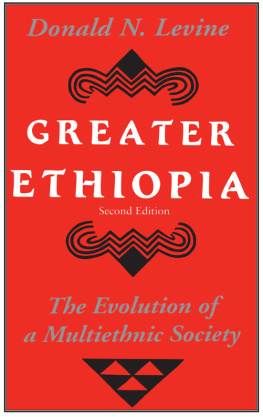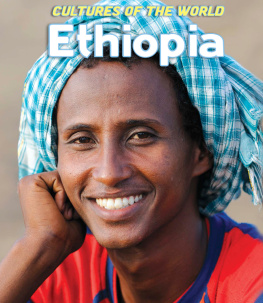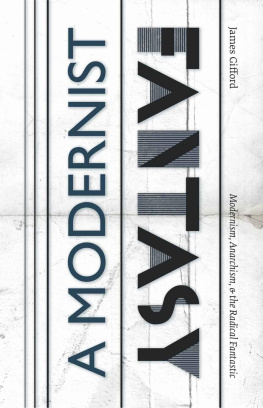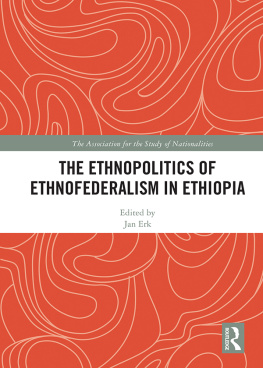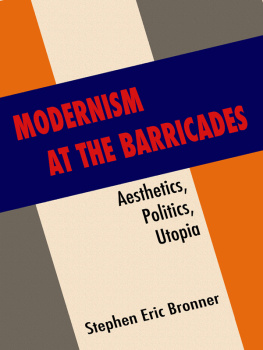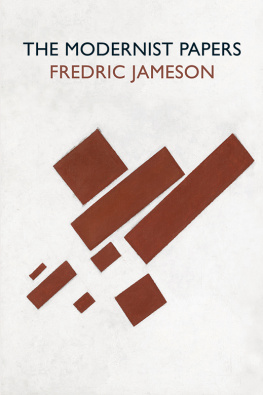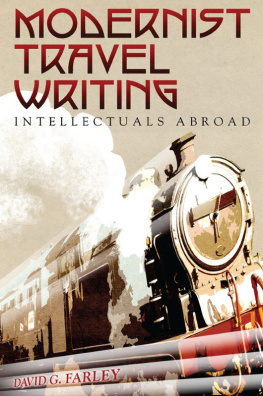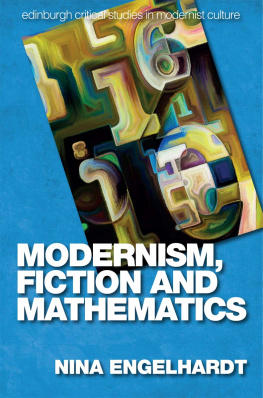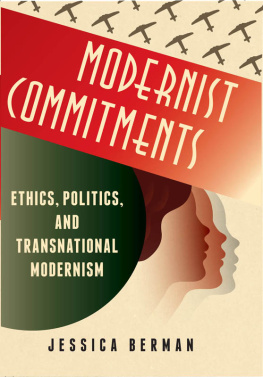MODERNIST ART IN ETHIOPIA
NEW AFRICAN HISTORIES
SERIES EDITORS: JEAN ALLMAN, ALLEN ISAACMAN, AND DEREK R. PETERSON
David William Cohen and E. S. Atieno Odhiambo, The Risks of Knowledge
Belinda Bozzoli, Theatres of Struggle and the End of Apartheid
Gary Kynoch, We Are Fighting the World
Stephanie Newell, The Forgers Tale
Jacob A. Tropp, Natures of Colonial Change
Jan Bender Shetler, Imagining Serengeti
Cheikh Anta Babou, Fighting the Greater Jihad
Marc Epprecht, Heterosexual Africa?
Marissa J. Moorman, Intonations
Karen E. Flint, Healing Traditions
Derek R. Peterson and Giacomo Macola, editors, Recasting the Past
Moses E. Ochonu, Colonial Meltdown
Emily S. Burrill, Richard L. Roberts, and Elizabeth Thornberry, editors, Domestic Violence and the Law in Colonial and Postcolonial Africa
Daniel R. Magaziner, The Law and the Prophets
Emily Lynn Osborn, Our New Husbands Are Here
Robert Trent Vinson, The Americans Are Coming!
James R. Brennan, Taifa
Benjamin N. Lawrance and Richard L. Roberts, editors, Trafficking in Slaverys Wake
David M. Gordon, Invisible Agents
Allen F. Isaacman and Barbara S. Isaacman, Dams, Displacement, and the Delusion of Development
Stephanie Newell, The Power to Name
Gibril R. Cole, The Krio of West Africa
Matthew M. Heaton, Black Skin, White Coats
Meredith Terretta, Nation of Outlaws, State of Violence
Paolo Israel, In Step with the Times
Michelle R. Moyd, Violent Intermediaries
Abosede A. George, Making Modern Girls
Alicia C. Decker, In Idi Amins Shadow
Rachel Jean-Baptiste, Conjugal Rights
Shobana Shankar, Who Shall Enter Paradise?
Emily S. Burrill, States of Marriage
Todd Cleveland, Diamonds in the Rough
Carina E. Ray, Crossing the Color Line
Sarah Van Beurden, Authentically African
Giacomo Macola, The Gun in Central Africa
Lynn Schler, Nation on Board
Julie MacArthur, Cartography and the Political Imagination
Abou B. Bamba, African Miracle, African Mirage
Daniel Magaziner, The Art of Life in South Africa
Paul Ocobock, An Uncertain Age
Keren Weitzberg, We Do Not Have Borders
Nuno Domingos, Football and Colonialism
Jeffrey S. Ahlman, Living with Nkrumahism
Bianca Murillo, Market Encounters
Thomas F. McDow, Buying Time
Jon Soske, Internal Frontiers
Laura Fair, Reel Pleasures
Elizabeth W. Giorgis, Modernist Art in Ethiopia
MODERNIST ART IN ETHIOPIA
ELIZABETH W. GIORGIS
OHIO UNIVERSITY PRESS
ATHENS
Ohio University Press, Athens, Ohio 45701
ohioswallow.com
2019 by Ohio University Press
All rights reserved
To obtain permission to quote, reprint, or otherwise reproduce or distribute material from Ohio University Press publications, please contact our rights and permissions department at (740) 593-1154 or (740) 593-4536 (fax).
Printed in the United States of America
Ohio University Press books are printed on acid-free paper 
29 28 27 26 25 24 23 22 21 20 19 5 4 3 2 1
Library of Congress Cataloging-in-Publication Data
Names: Giorgis, Elizabeth W., author.
Title: Modernist art in Ethiopia / Elizabeth W. Giorgis.
Other titles: New African histories series.
Description: Athens, Ohio : Ohio University Press, 2019. | Series: New African histories | Includes bibliographical references and index.
Identifiers: LCCN 2018045761| ISBN 9780821423462 (hc : alk. paper) | ISBN 9780821423479 (pb : alk. paper) | ISBN 9780821446539 (pdf)
Subjects: LCSH: Modernism (Art)--Ethiopia. | Art, Ethiopian--20th century. | Art, Ethiopian--21st century. | Art--Political aspects--Ethiopia.
Classification: LCC N7386 .G56 2019 | DDC 709.630904--dc23
LC record available at https://lccn.loc.gov/2018045761
In memory of my brother Getinet Wolde Giorgis.
In memory also of the artists and intellectuals who flourished in the postwar period but who passed on in recent decades, many of whom have not received the acclaim they deserve from a country that they so deeply revered. This book bears witness to their rich and versatile political and cultural lives.
Please tell me bird about his last gasp
You who flew to the downcast dusk
Of a place called Oklahoma, how did it sound?
Trampled with morning chills and struck with gravels of snow
That foreign land
Where the shuttered light of loneliness bemoaned
Uttered words of closure avowed
Please tell me bird about his last gasp
When the shades and hues of Ethiopia shattered
How did it sound?
The conclusion kerarayso Gebre
No proxy can come to compensate
But how was it?
Aye! when a dream got swindled
In Oklahoma a foreign land
Your paintbrush is a torching flame
You blazed Gebre
But I dont know if you have died
Excerpt from Metne Ya Gedegeda (Translation mine)
A tribute to the painter and poet Gebre Kristos Desta, who died in Oklahoma in 1981, by the poet and playwright Tsegaye Gebremedhin. (This powerful poem is hard to translate literally. I simply conveyed the general feeling of the poem.)
CONTENTS
ILLUSTRATIONS
PREFACE
For six years, I served as the director of the most prominent archive of Ethiopia, the Institute of Ethiopian Studies (IES) at Addis Ababa University. If history is selectively produced and silenced in the analytic content of archival production, this is nowhere more pronounced than in the IESs archival space. Some of the urgent questions that I broach in this book were conceived in this same archival space, where the time of a discriminating past emerged in the difficulties and constraints of the present. Fortunately, and all at once woefully, my intimate experiences with this particular archive and the bodies of knowledge that it produced and suppressed spurred my curiosity, and I pedantically read the voices behind the politics of silence. I have used the fundamental analytical questions underlying the archives selective inclusions and exclusions to come up with what we might call a theory of Ethiopian modernity and modernism.
The orthodoxies that shape the studies of Ethiopiaits culture, history, and aesthetic imaginingcall attention to the categories that conjure the images of the country and, most importantly, the extent to which these studies, as fields of study, have undermined the intellectual philosophies that shaped African American, African, and West Indian strands of thought. This exceptionalist perspective, in some of its central positions, has subsequently reduced the significance of the colonial myth and ideology. Furthermore, in a fundamentally hegemonic body of knowledge, it has fostered an implicit, twofold assumption in its definition of Ethiopia. The first is a superior northern and Semitic imagination of Ethiopia. The second is the non-Semitic variety that the field of study persists in constructing as an inferior antithesis, and its vast body of knowledge continues to be absent in the writings of history.
has always frustrated Semitic Orientalism.
Certainly, for the Semitic Orientalists, Ethiopia is what anthropologist Donald Levine called an outpost of Semitic civilization, in which the Judeo-Christian legacies purportedly made the countrys history exceptional and matchless in comparison to the rest of the African continent. For Marxists who reached political maturity in the 1960s, Ethiopia was encumbered by a feudal class structure, and in this regard, Marxist activists claimed the Ethiopian experience was unlike other African encounters. They called for a peasant-led agrarian revolution, which culminated in the mass uprising of 1974 that ousted the monarchy. For advocates of black studies, Ethiopia had historically been symbolic of racial redemption and pride. The countrys unique colonial historyEthiopia was not colonized but only occupied by Italy from 1936 to 1941and its rich history dating back to the Axumite civilization have shaped potent imagery of Ethiopia in black consciousness.
Next page

